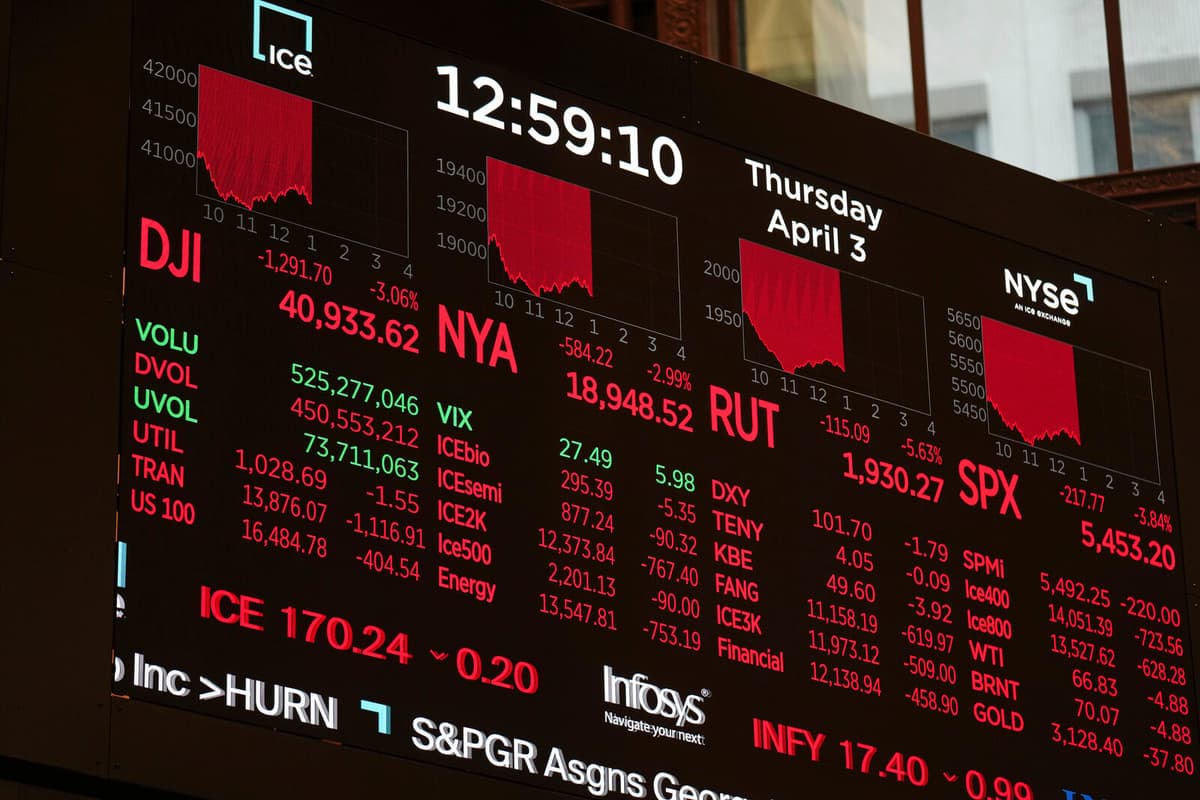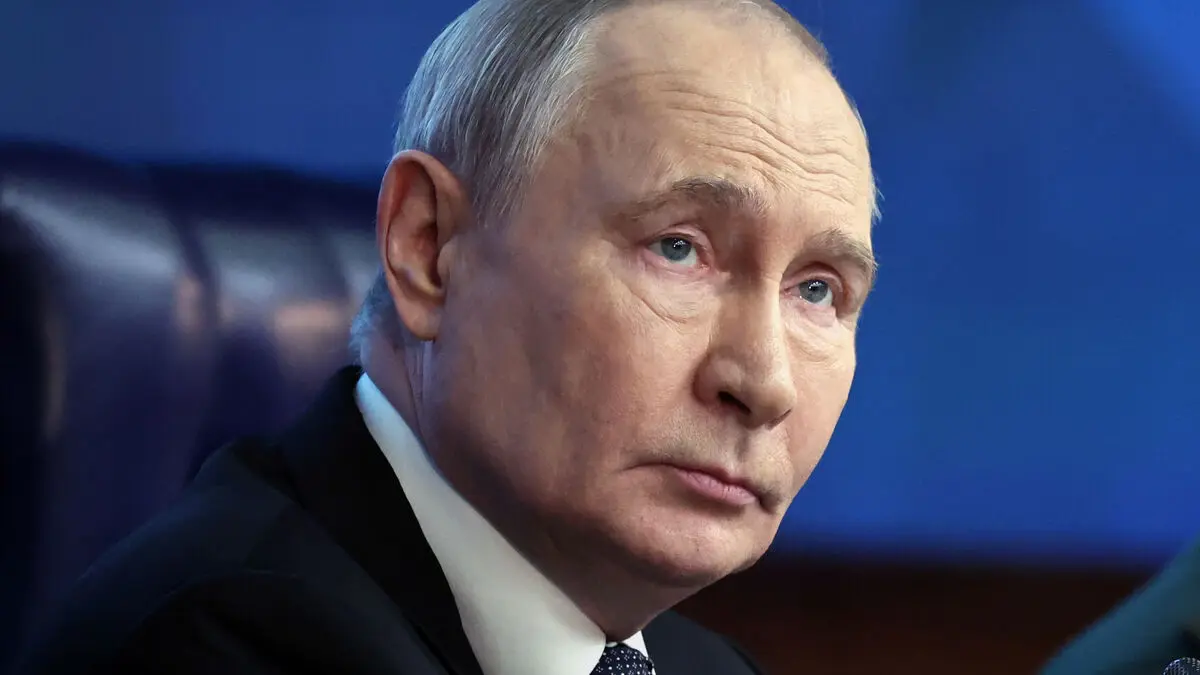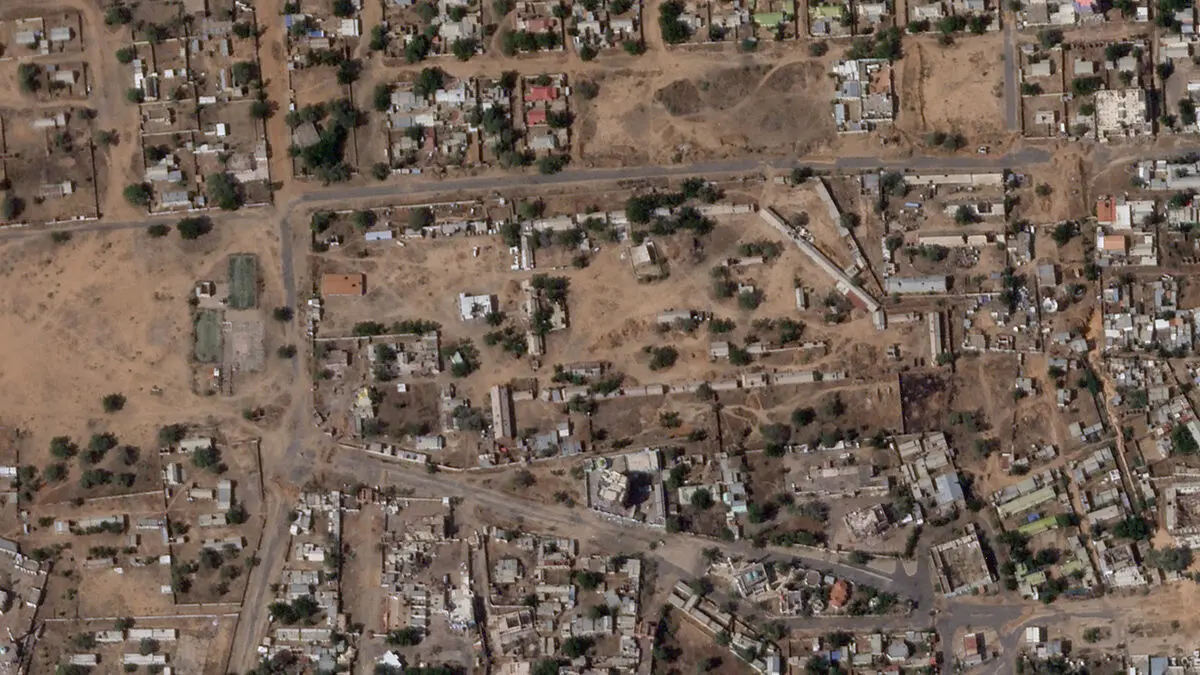Since the US trade tariffs were announced by President Donald Trump on Wednesday, stock markets around the world have plummeted. The broad S&P 500 index on the New York Stock Exchange fell by over 10 percent over two days, the largest drop since the pandemic.
The uncertainty is enormous right now. And there's one thing the market doesn't like, and that's uncertainty.
We're all sitting here trying to analyze what one man is going to do. How far is Trump willing to take this? says Maria Landeborn, senior strategist at Danske Bank.
Flashing Yellow and Red
Both Maria Landeborn and Mattias Persson believe in continued decline on Monday and that this conflict may drag on. It will likely require some form of concrete negotiating will from the US, EU, and China for the stock market to recover.
Persson points to the New York Stock Exchange's so-called fear index Vix, which measures market anxiety, and which was at "panic level" when the stock market closed on Friday.
More and more people are starting to see that the likelihood of recession in the US is growing with each passing day, says Persson and continues:
And there are many similarities with previous rapid slowdowns in the macroeconomy, which are now showing clear signs of flashing yellow and red.
"Can Make Mistakes"
Donald Trump doesn't want to drive the US economy into a ditch, with low growth and rising unemployment, says Landeborn.
That's not his goal. But anyone can make mistakes.
The question is how far the stock market can fall before Trump starts to sweat and is forced to the negotiating table.
Should we get a 10 percent drop to, a few days with steep falls and extremely high volatility, then we should be approaching a point where the negotiating will increases even with Donald Trump, says Landeborn.
Mattias Persson says there's a "bottom" to how far you can let this go, but the big question is how the US will respond to China's counter-tariffs on Monday.
The uncertainty when we enter the trade on Monday, I think it will lay itself like a wet blanket, says Persson.
In the end, it's Donald Trump who largely holds the power in this matter, says Landeborn.
Very much, since it's the US that has started this. We in the rest of the world are more dependent on trade with the US.
On Wednesday, US President Donald Trump announced that the country will impose comprehensive import tariffs on all countries and regions that have what he sees as trade barriers against the US.
They are added on top of the tariffs already imposed.
Against the EU, which accounts for 18.5 percent of US imports, it will be 20 percent additional tariffs.
Against China, which accounts for 13.4 percent of US imports, it will be 34 percent.
Against Japan, which accounts for 4.5 percent of US imports, it will be 24 percent.
Against Vietnam, which accounts for 4.2 percent of US imports, it will be 46 percent.
Against South Korea, which accounts for 4 percent of US imports, it will be 26 percent.
Against Taiwan, which accounts for 3.6 percent of US imports, it will be 32 percent.
Against India, which accounts for 2.7 percent of US imports, it will be 27 percent.
Against Switzerland, which accounts for 1.9 percent of US imports, it will be 32 percent.
Against Thailand, which accounts for 1.9 percent of US imports, it will be 37 percent.
Against Malaysia, which accounts for 1.6 percent of US imports, it will be 24 percent.





